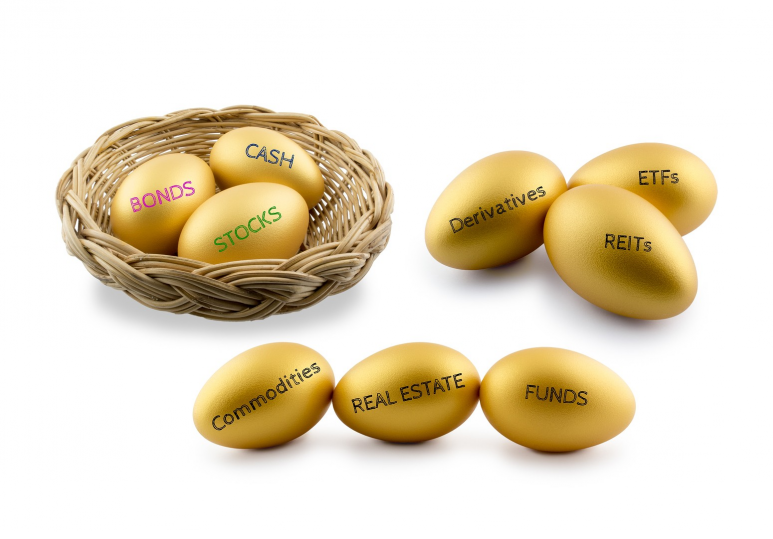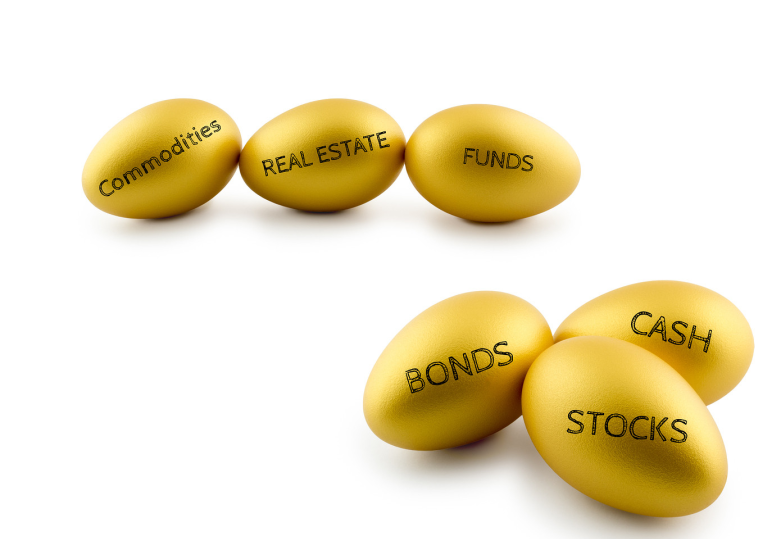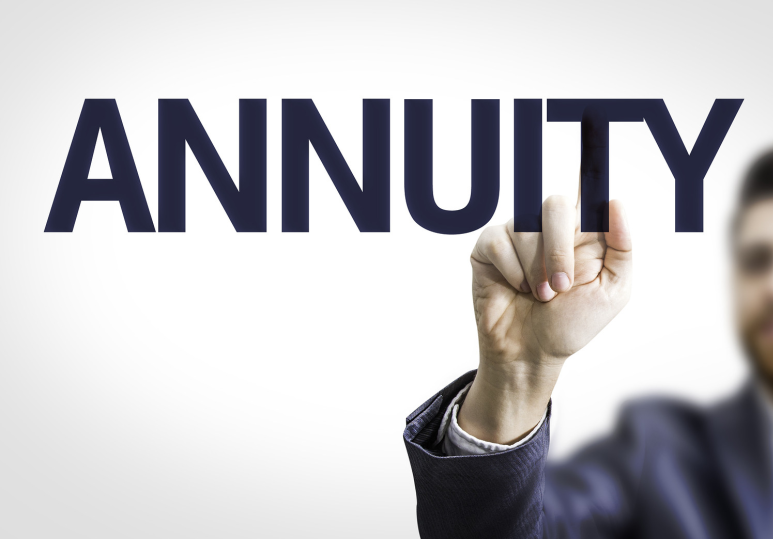During the last financial crisis, I wanted to buy some Silver, as the prices were starting to soar. I asked Nancy to go to the Scotiabank that used to be located on 8th Avenue downtown, near where she worked. She came home, on the bus, with a large 100 oz box of silver. I was so excited until I open the package to reveal a large brick of ugly, raw, silver. It looked like someone had melted a million galvanized nails into a brick. She returned it to the bank the next day and exchanged it for 100 1 oz silver maple coins. Now, those were stunning!
As beautiful as they were, what does one do with 6.25 pounds of silver? We had to get a larger safe deposit box at our bank and store it in there. We held on to those coins for more than a year and then returned them to Scotiabank and sold them for double what we paid. We made about $2,000 USD and it was taxable.
Every time we go through a recession or financial crisis gold and silver take center stage and this time is no different. The price of both gold and silver has seen recent highs, with gold setting a new record in early August (2020) when the spot price hit $2067/oz USD. Although silver also increased to a new high of $29/oz USD this year, it has not yet reached its 2011 peak of $45/oz. Both gold and silver are precious metals and have lasting value, but where do they fit into your portfolio? Should you own some, and if so, how much and in what form?
All the gold and silver ever produced still exists.
Unlike other commodities that are consumed, gold and silver are not consumable, therefore they still exist - somewhere. If this is the case, shouldn't their value be declining? These metals do not rust, decay, or corrode and they have been sought after by cultures for centuries. Gold and silver have also been a part of our monetary system for generations however not as much today since currencies have become digitalized.
What determines the value of Gold and Silver?
There's an element of supply and demand. Miners only ramp up exploration and production if price demand is there causing the price to make it worth their while. The value of gold trades inversely to the US dollar meaning that as the dollar depreciates the price of gold increases and vice versa. There's a psychological aspect as well. In times of economic uncertainty, the demand for gold increases and drives the price up. Many investors like the safety of owning a physical asset not easily manipulated by monetary policymakers. The price of gold is connected to uncertainty and fear. Gold is a hedge against inflation. What does this mean? Gold is priced in USD and if the dollar loses value due to inflation, gold will actually increase in value and as a result, provide you with more US dollars. So in this case, it maintains its value and acts as a hedge. People and some governments tend to hoard their gold and therefore it isn't in circulation.
How can you own it?
You can buy physical gold and silver at Albern Coins here in Calgary at the corner of Centre Street and 16th Ave N. You can own publicly traded companies that mine gold and silver like Barrick Gold, Agnico Eagle or Franco Nevada. Our Sun Life Canadian Equity fund has a 10% weighting to gold miners and the International fund has a 5% weighting, the 3 I just mentioned. This would be our recommendation.
Should you own any?
Owning physical gold and silver is never a bad idea if done with the right motivation. Personally, I love coins and I admire them as works of beauty. They are items of real value, unlike paper money. There's an opportunity to make some money on the increase in value over time. Anyone who bought some 10 years ago is finally in a position to break even. There's no guarantee that the value is going to suddenly increase. Which is better? Gold or Silver? Gold tends to have less volatility, is more liquid, has greater investment value, and is also in demand for jewelry. Silver has industrial use and moves in tandem with greater economic activity, especially with technology.
Some key points to keep in mind:
1. Gold and silver isn't a replacement for your properly diversified portfolio, however, it can fit into your portfolio. I would still prefer to own a selection of businesses that make money and pay me dividends on a regular basis than to own a bucket of gold and silver that pay me nothing. The bulk of one's investment portfolio needs to be in the markets. If you purchased $10,000 worth of gold in August of 2011 it would be worth about the same today, however, the same amount of money in the S&P 500 index would be worth $24,600 today. There is no compounding growth with Gold.
Some analysis by economists Robert J. Barro and Sanjay Misra published by the Royal Economic Society found that from 1836 to 2011, the average real rate of change in the price of gold was just 1.1% per year and that the price change for gold in periods of economic stress was almost the same as in periods of stability. (Globe & Mail, Oct. 27, 2016)
2. Where will you store it? You need to have a place of safety to hold your gold, which comes at a cost. If you do decide to hold some, don't broadcast it to everyone - keep it a secret.
3. How can you spend it? Try making change for a Silver Maple the next time you go to Safeway. You still have to turn it back into a marketable currency to be able to use it to buy goods and services. This is cumbersome. It's traded in USD which means you have the currency risk. Sellers also charge you a transaction fee. Right now a dealer will charge you $2640 to buy but only give you $2532 if you want to sell. So, you lose $108/oz in USD with each transaction on an ounce. It would be different with various quantities.
4. Is this a good time to buy? I would never be in a rush to buy something when it is hitting all-time highs. I would wait for a pullback. It's about 9 years since the last spike in gold and silver and for the most part, the price of gold was in the $1200-$1400/oz range and silver was around $18/oz for most of that time.
5. The gains are taxed as capital gains and the losses are capital losses.
6. There's an opportunity cost. If your money is tied up into one asset and that asset isn't producing, you are missing out on an alternative investment opportunity. When it comes to investing you have to always think of alternatives. For example, if I sell this investment, what will I do with the money?
What I don't like about owning gold and silver?
It doesn't pay me anything. The only way I can make money is to sell it for more than I bought it. I can convert it, however, I am limited to a few dealers.
What I do like about gold and silver?
It's pretty and kind of exciting. It can be a lasting legacy gift to children or grandchildren.
The world of gold and silver isn't as simple as it may seem. Most of the main proponents of gold and silver are often Prophets of doom. As soon as the economy turns to the downside they ramp up their marketing to benefit from the increase. The more people they can get buying gold the more money they can make selling it and increasing their profits as well. It presents a short-term window of opportunity at best. It's typically a bubble and once the bubble burst you have to wait a while before circumstances change and the cycle starts all over again - and it's a long cycle. I'm am not a proponent of any kind of investing or financial move based on fear.
PS. We do not buy or sell gold and silver and cannot help you to buy or sell them. Our access to gold exposure is through the funds we have at Sun Life.
The most important thing you can do in retirement is having a properly laid out plan. Check out our fee-only and all-inclusive retirement planning services here.
Retirement Income, Investment & Tax Planning,
Willis J Langford BA, MA, CFP
Nancy R Langford CRS







